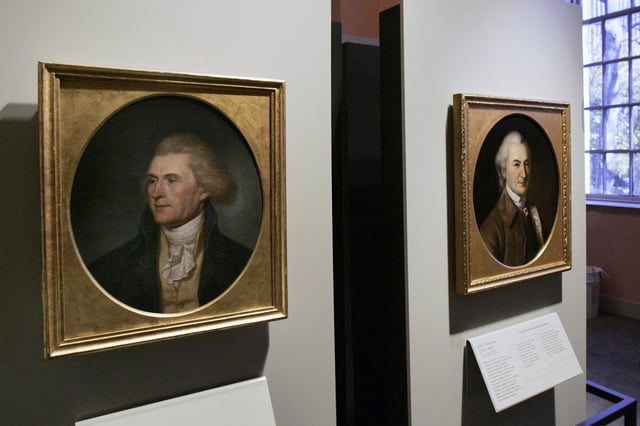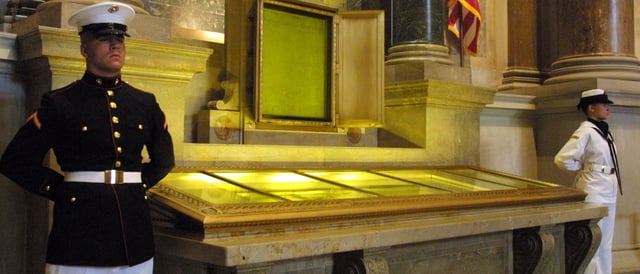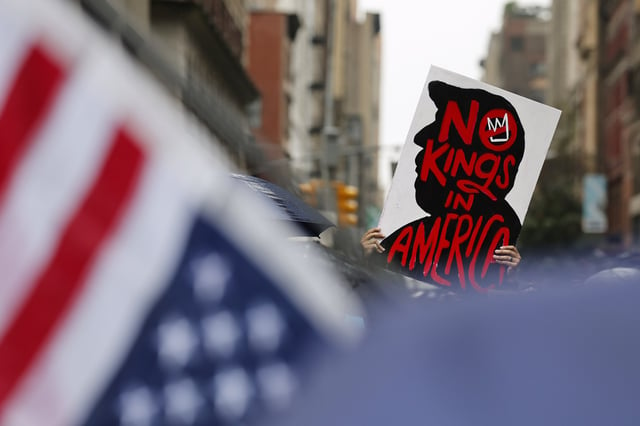Overview
- The Continental Congress ratified the Olive Branch Petition on July 5, 1775 as a last-ditch appeal to King George III for peace.
- Pennsylvanian John Dickinson largely authored the petition, balancing denunciations of British abuses with respectful tributes to royal benevolence.
- King George III refused to receive the document and declared the colonies in rebellion, accelerating unity among delegates and moves toward independence.
- Scholars marking the semiquincentennial emphasize the petition’s dual role as both a conciliatory gesture and a catalyst for colonial solidarity.
- Recent “No Kings” rallies against executive overreach draw on 1775’s constitutional conflicts to challenge today’s debates over presidential power.


